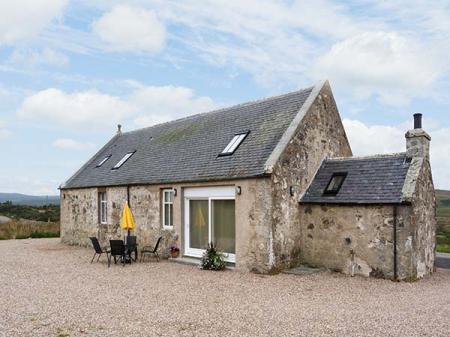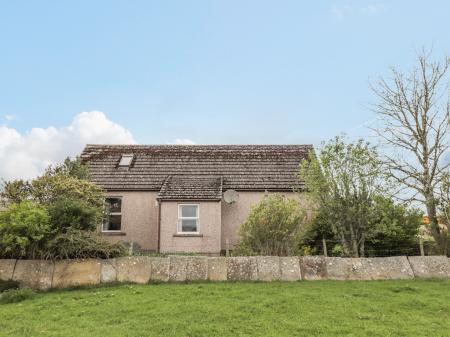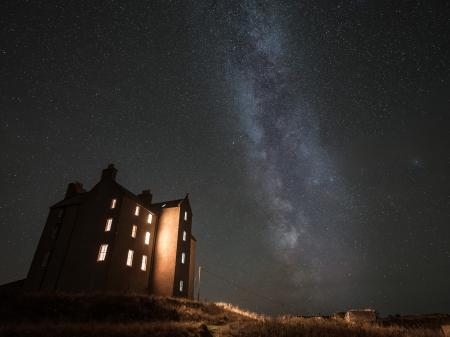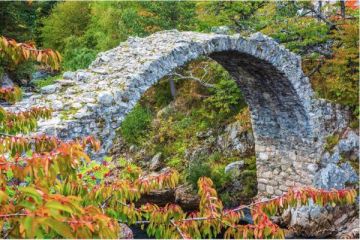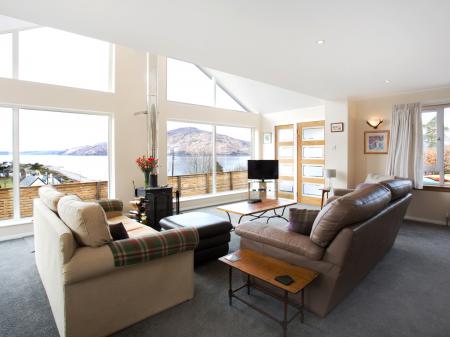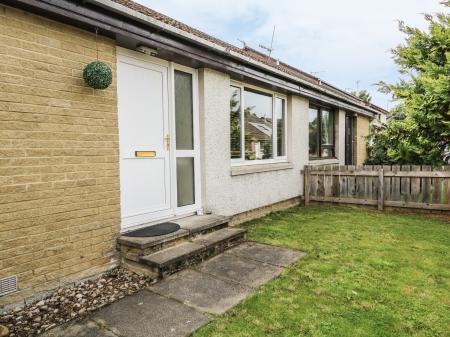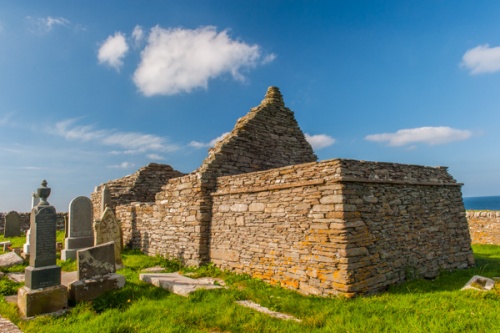
The chapel is composed of a nave and chancel. The nave is original, but the chancel is a reconstruction, built in 1871 to provide a place for Gunn family burials. The walls are of drystone, and measure up to 4 feet thick.
The north wall stands to about eight feet high, which must be close to the original height, while the south wall has suffered some damage and rises to between seven and eight feet high. One interesting feature is that the nave walls are not pierced with any window openings at all, so the chapel must have been incredibly dim inside.
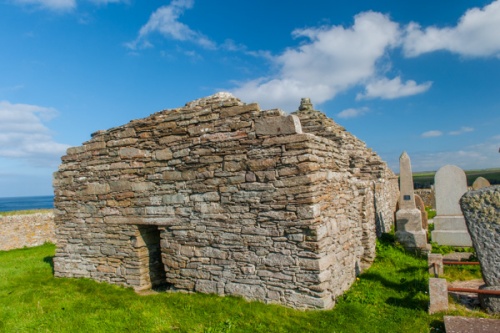
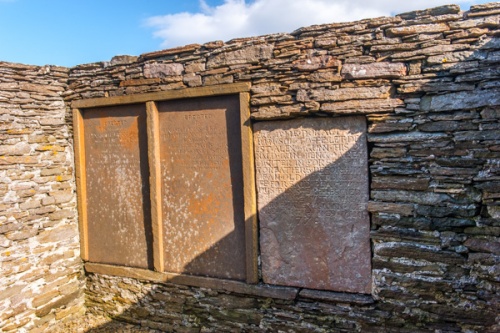
How old is it?
The short answer is that we really don't know. The chapel was linked to the church at Reay, to the west. A 9th-century grave slab at Reay suggests that the church there was of very early origin, so it is possible that the chapel at Crosskirk is much earlier than the 12th-century date usually assigned to it. What is unusual at Crosskirk is that the chapel has both a nave and chapel, a style more in common with Norse era churches on Orkney than in Scotland.
The original entrance was in the west, through a tapering doorway similar in style to early Irish churches. The doorway leading to the chapel is also tapering towards the top.
There is a door in the south wall, though this seems to be a later addition, probably replacing an original window. No vestige of a roof remains; Historic Scotland speculates that the roof was originally made of thatch.
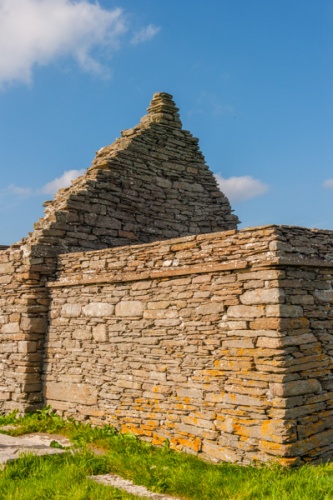
Visiting
The chapel is signposted off the A836 about four miles west of Thurso. Follow the road to Crosskirk right to the end, and there is space for several cars to park. A signposted trail leads downhill, following white and black striped poles, to a footbridge across the river.
Please take care!
When I visited, there were signs warning that the footbridge appeared to be unsafe. I very carefully examined the bridge and decided it was safe to carefully cross, keeping to boards that looked new. Perhaps I was foolish, or lucky, so please use your own common sense when crossing the bridge!
From the far bank, the trail leads along the cliffs, and you can see the chapel in the distance. From the parking area to the chapel takes about 15 minutes.
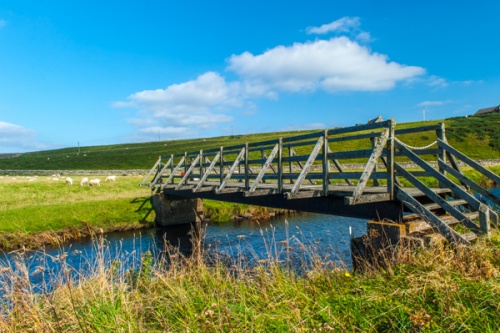
The chapel stands within a walled enclosure, surrounded by gravestones. There is an information panel, but when I visited it had fallen to the ground and was looking rather uncared for. You can walk around the church, avoiding gravestones in the grass, and through a doorway to the interior of the nave. From there, a very low doorway leads to the chapel.
The interior is sparse; just a few gravestones on the floor of the nave and several Gunn family memorials against the east wall of the chancel. Among these the oldest appears to date to 1778.
One of the most appealing features at Crosskirk is simply the amazing coastal scenery. On a clear day, it is truly magnificent. Just inland of the chapel enclosure is the site of a broch settlement, and on the edge of the cliffs is a very curious cairn, with no indication of how old it is or who built it.
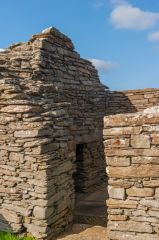
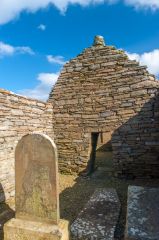
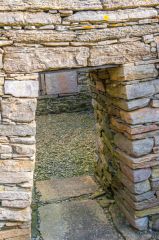
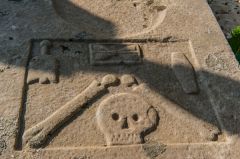
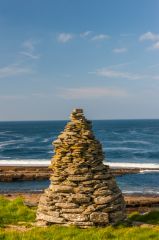
 We've 'tagged' this attraction information to help you find related historic attractions and learn more about major time periods mentioned.
We've 'tagged' this attraction information to help you find related historic attractions and learn more about major time periods mentioned.